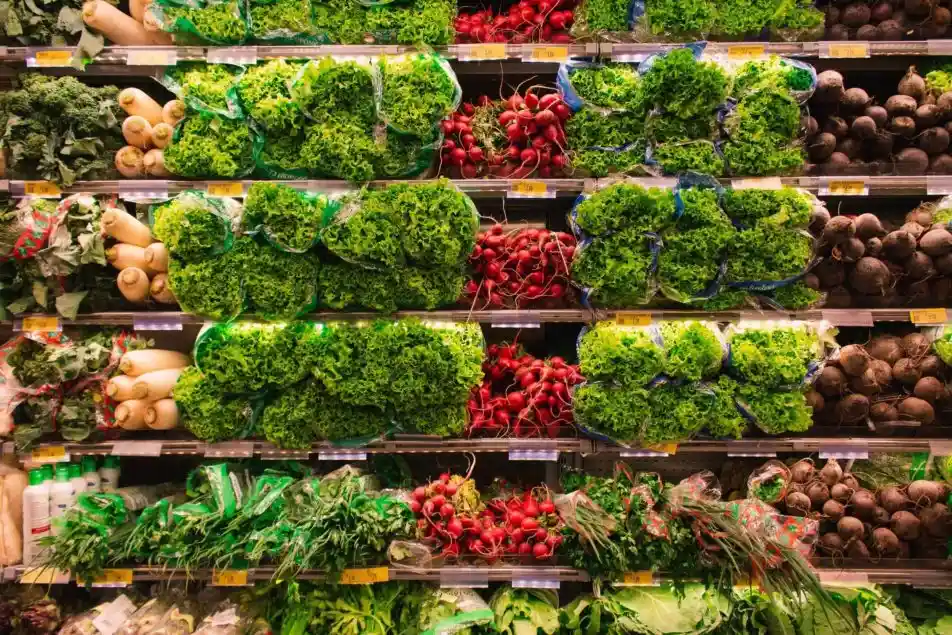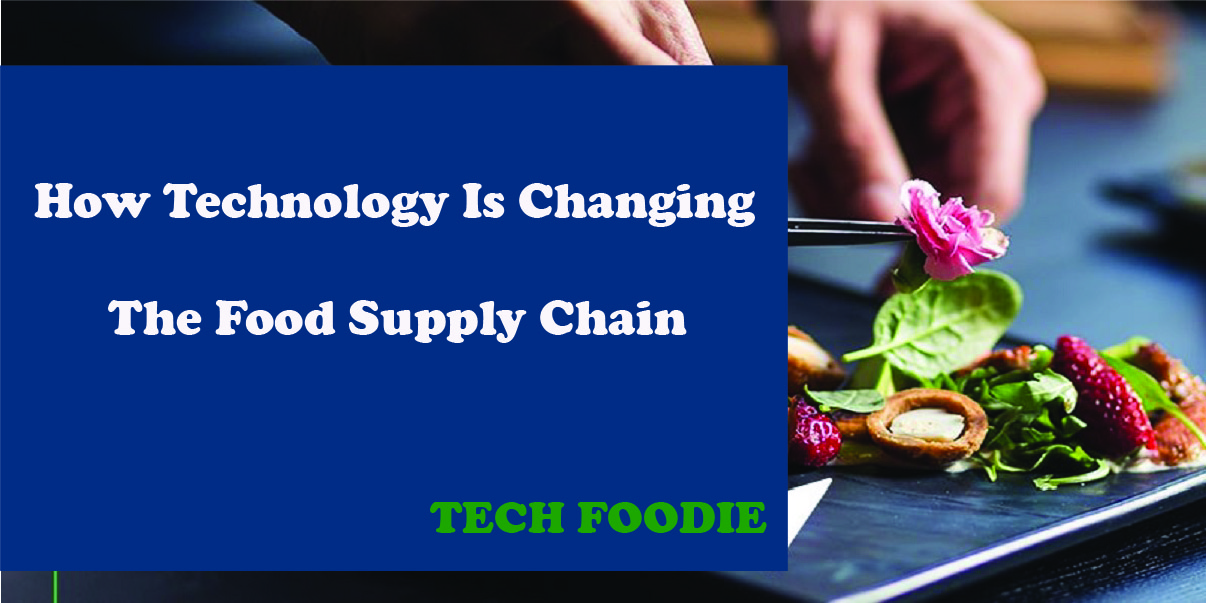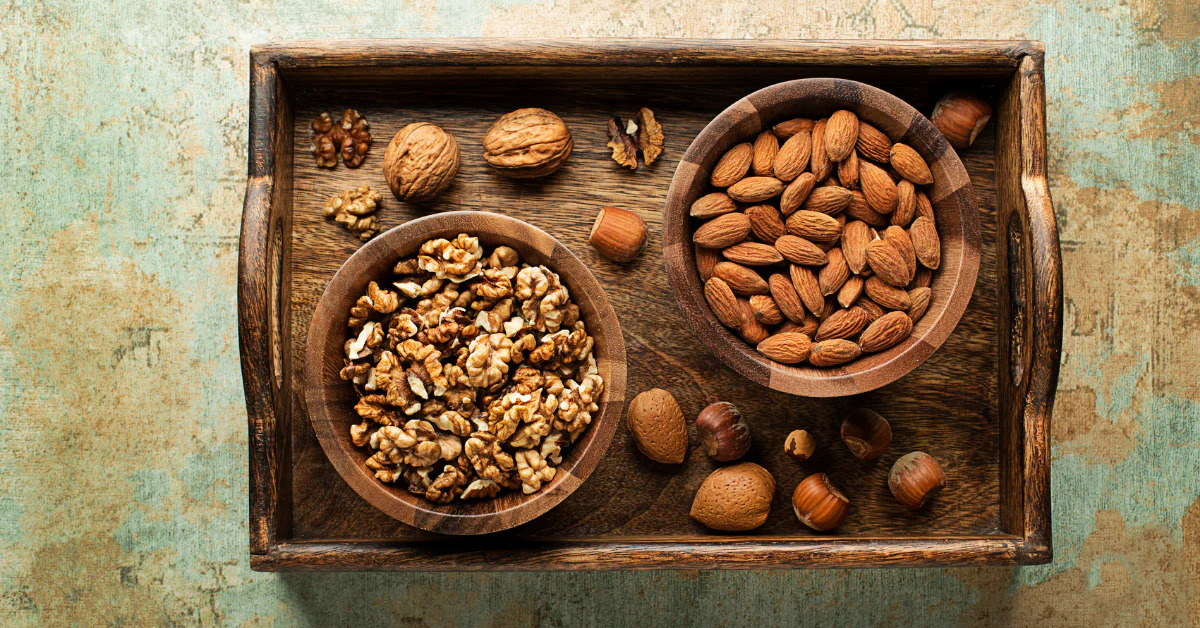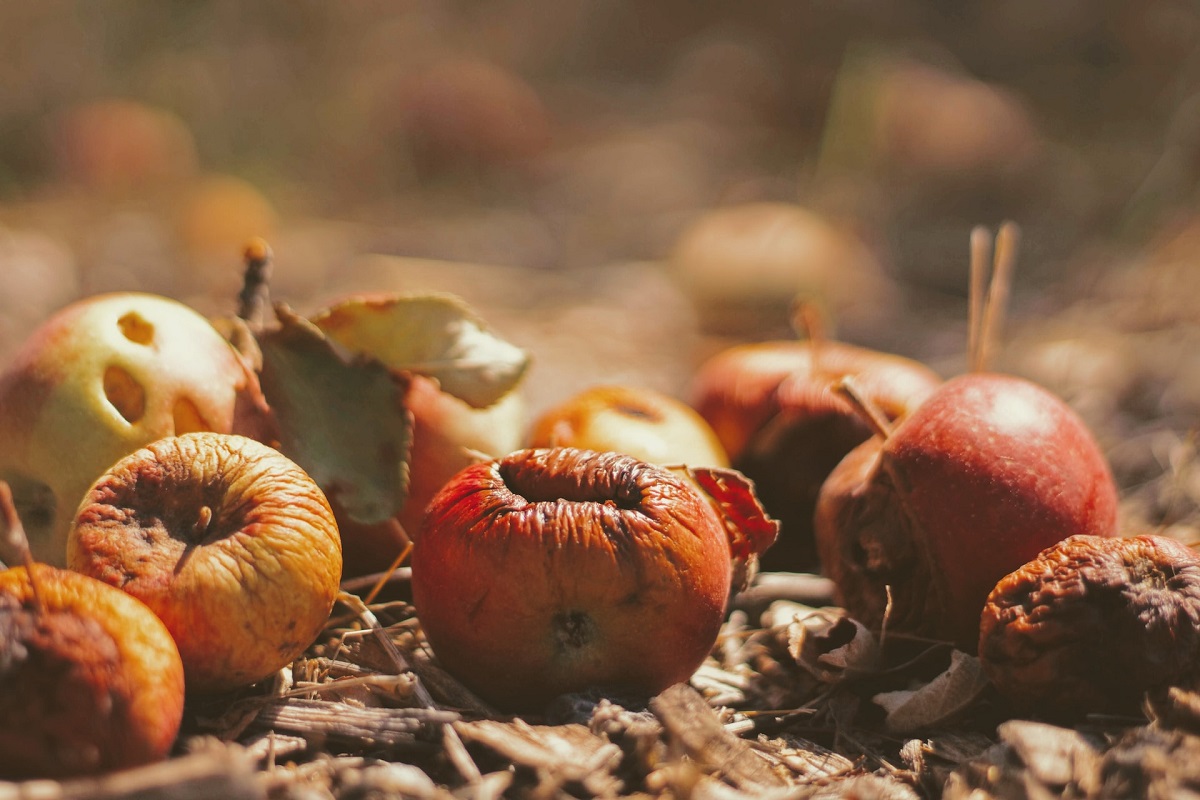How Technology Is Changing The Food Supply Chain
Fresh, safe food is transported from farmers to consumers’ plates through the food supply chain. The traditional food supply chain, however, suffers many difficulties, including a lack of transparency and inefficiencies that result in food waste and lowered quality and now technology is changing the food supply chain.
Technology has recently become a potent driver for change in the food industry, revolutionizing how it is produced, delivered, and consumed. This article examines the effects of technological improvements on the food supply chain and how they are changing the market.
Traditional Food Supply Chain - Overview:
Agriculture practices in the ancient food supply chain were mostly manual and relied on traditional techniques. Farmers frequently struggled to maximize yield and reduce losses because they had poor visibility into crop conditions.
Transportation and Distribution:
The transportation and distribution of food products involved multiple intermediaries, resulting in delays, increased costs, and a lack of real-time information. This made it difficult to track and trace the origin of food items and ensure their freshness and quality.
Challenges in the Traditional Food Supply Chain:
We will discuss the challenges below one by one
1. Lack of Transparency
The lack of openness in the old food supply chain was one of its biggest problems. Consumers frequently lacked knowledge about the route their food travelled from the farm to their plate, which made it challenging to believe that the goods were genuine and safe.
2. Inefficiencies and Wastage
Significant food was wasted as a result of inefficiencies in the traditional food supply system. At many points along the supply chain, losses and spoilage were caused by poor inventory management, insufficient storage facilities, and subpar transportation techniques.
technology is changing the food supply chain:
We explore the Technology in the Food Supply Chain below:
1. Internet of Things (IoT)
The Internet of Things (IoT) has revolutionized the food supply chain by enabling the monitoring and tracking of products throughout the entire journey. IoT devices such as sensors and RFID tags collect real-time data on temperature, humidity, and location, ensuring optimal conditions for food preservation.
2. Blockchain Technology
A decentralized, immutable database that tracks each transaction and movement of agricultural supplies is made possible by blockchain technology, which is revolutionizing the food supply chain.
All parties, including farmers, suppliers, distributors, and customers, may access a single database thanks to this technology, which ensures transparency and confidence. It makes it possible to confirm a product’s place of origin, certifications, and quality standards, lowering the danger of fraud and fake goods.
Improvements and Benefits:

Lets discuss the Improvements and benefits here
1. Enhanced Traceability
With the integration of technology, the food supply chain has witnessed improved traceability. Consumers can now trace the journey of their food, starting from the farm to the store shelves. This transparency fosters trust and enables informed choices regarding sustainability, ethical practices, and health considerations.
2. Reduced Food Wastage
Technology has played a pivotal role in reducing food wastage along the supply chain. Real-time monitoring of temperature and humidity, coupled with data analytics, helps identify potential spoilage or quality issues. This allows for timely interventions, optimizing inventory management, and minimizing losses.
Smart Farming and Precision Agriculture:
Lets explore the Smart Farming and Precision Agriculture
1. Automated Monitoring
Smart farming utilizes advanced technologies such as sensors, drones, and satellite imagery to monitor crops’ health, soil conditions, and water usage. This data-driven approach enables farmers to make informed decisions about irrigation, fertilization, and pest control, leading to higher yields and resource efficiency.
2. Data-Driven Decision Making
Precision agriculture leverages big data and analytics to optimize farming practices. By collecting and analyzing data on weather patterns, soil composition, and crop growth, farmers can fine-tune their operations, reducing the use of pesticides and fertilizers while maximizing productivity.
Delivery and Distribution Innovations:
In this section we will analyze the Delivery and Distribution Innovations
1. Last-Mile Delivery Solutions
Technology has revolutionized the last-mile delivery of food products. Delivery services equipped with real-time tracking, route optimization algorithms, and efficient logistics systems ensure prompt and reliable delivery. This not only enhances customer satisfaction but also reduces delivery costs and environmental impact.
2. Drone and Autonomous Vehicle Delivery
Unmanned aerial vehicles (UAVs) and autonomous vehicles are reshaping the delivery landscape. Drones can transport small food packages swiftly, reaching remote areas or congested urban environments. Autonomous vehicles offer the potential for efficient and eco-friendly transportation, minimizing human error and optimizing delivery routes.
Food Safety and Quality Assurance:
We will discover the Food Safety and Quality Assurance
1. Sensors and Monitoring Systems
Advanced sensors and monitoring systems are being used to ensure food safety and quality. These devices can detect contaminants, monitor storage conditions, and provide real-time alerts in case of any abnormalities. This proactive approach helps prevent the distribution of unsafe or compromised food products.
2. Real-Time Tracking
Real-time tracking technologies, such as RFID tags and barcodes, enable precise monitoring of food items throughout the supply chain. This enables swift identification of potential issues, such as recalls, enabling prompt action to mitigate risks and protect consumer health.
Consumer Empowerment and Personalization:
The rise of online food marketplaces has empowered consumers with a wide range of choices. These platforms connect consumers directly with farmers and local producers, offering farm-fresh produce and artisanal products. Consumers can easily access information about the source, production methods, and sustainability practices, fostering a deeper connection with their food.
Customized Nutrition and Meal Plans:
Technology has enabled the development of personalized nutrition and meal-planning services. Using algorithms and data analysis, these services tailor dietary recommendations and meal plans based on individual preferences, dietary restrictions, and health goals. This personalized approach promotes healthier eating habits and enhances overall well-being.
Environmental Sustainability:
Lets discuss the Environmental Sustainability
1. Reduced Carbon Footprint
Technology-driven advancements in the food supply chain contribute to reducing the carbon footprint. Efficient logistics, optimized routes, and the use of eco-friendly vehicles minimize greenhouse gas emissions. Additionally, precision agriculture techniques help conserve water and reduce the use of pesticides and fertilizers, promoting environmental sustainability.
2. Sustainable Packaging
Technology is also driving the development of sustainable packaging solutions. Biodegradable materials, recyclable packaging, and innovative designs are being adopted to minimize waste and reduce the environmental impact of packaging. These initiatives contribute to a more sustainable and eco-conscious food supply chain.
Future Trends and Possibilities:
In this section we will discuss the Future Trends and Possibilities
1. Artificial Intelligence (AI)
Artificial Intelligence is poised to revolutionize the food supply chain further. AI algorithms can analyze vast amounts of data, predict demand patterns, optimize inventory management, and enhance supply chain efficiency. From predicting crop yields to optimizing delivery routes, AI-powered solutions hold immense potential for transforming the industry.
2. Robotics and Automation
Robotics and automation are reshaping various aspects of the food supply chain. Autonomous robots can perform tasks such as harvesting, sorting, and packaging, reducing the reliance on manual labor and improving efficiency. Automated warehouses and distribution centers streamline operations, ensuring faster order fulfillment and reduced errors.
Conclusion:
Technology is changing the food supply chain, transforming traditional practices and addressing long-standing challenges. From smart farming and precision agriculture to enhanced traceability and personalized nutrition, technology is revolutionizing every step from the farm to the consumer’s fork.
The integration of IoT, blockchain, AI, and robotics offers unprecedented opportunities for efficiency, sustainability, and improved consumer experiences. Embracing these advancements will create a future where safe, high-quality, and responsibly sourced food is accessible to all.
FAQs Section
Technology such as sensors and monitoring systems enables real-time tracking of food items, ensuring adherence to safety standards. Any deviations or abnormalities can be quickly identified, allowing for prompt action to protect consumer health.
Through real-time monitoring, data analytics, and supply chain optimization, technology minimizes food wastage by identifying potential spoilage or quality issues. This allows for timely interventions, improving inventory management and reducing losses.
Blockchain technology provides a transparent and immutable ledger, allowing all stakeholders to access shared information. This ensures trust, as consumers can trace the origin and journey of their food products, promoting transparency and ethical practices.
Drones offer efficient and swift last-mile delivery solutions, reaching remote areas or congested urban environments. They enable faster and more reliable delivery of food products, enhancing customer satisfaction and reducing delivery costs.
Personalized nutrition and meal planning services use technology to tailor dietary recommendations and meal plans based on individual preferences and health goals. This promotes healthier eating habits, better nutrition, and improved overall well-being.
Read More: WHAT IS BIODIVERSITY AND WHY IS IT IMPORTANT?



